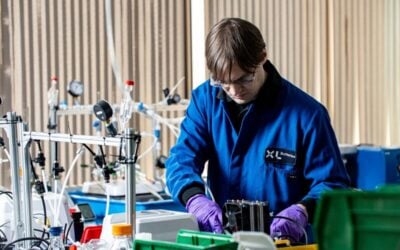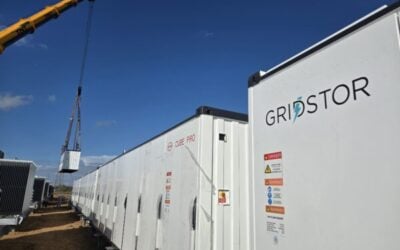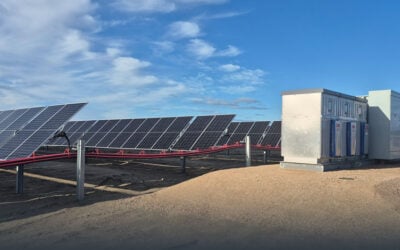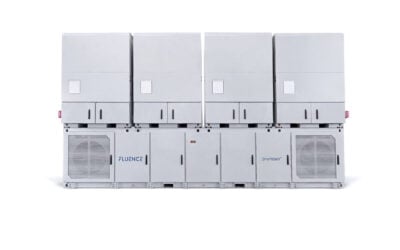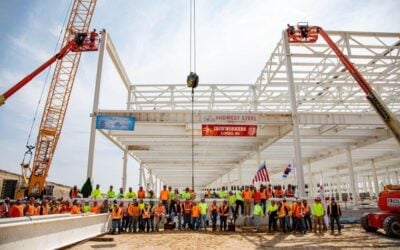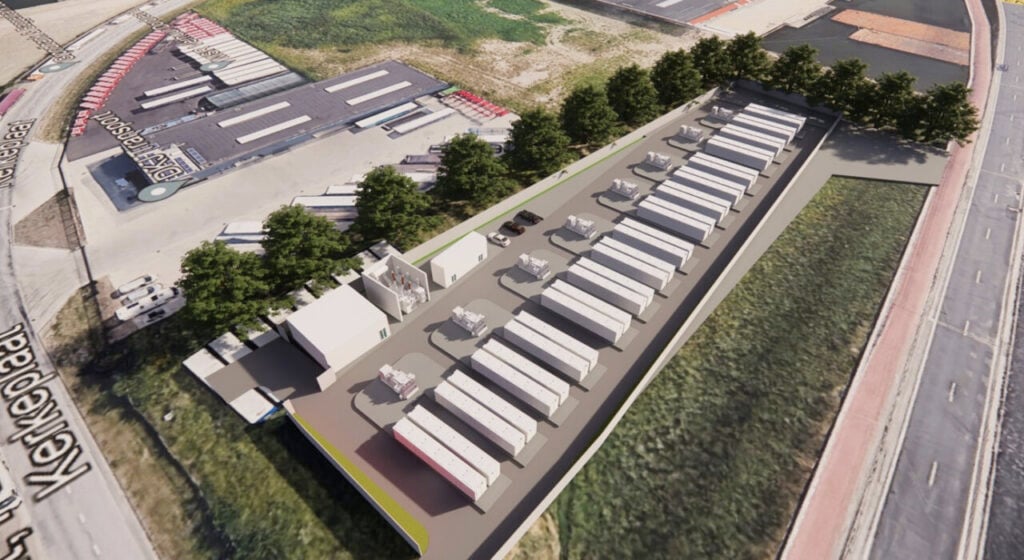
A 45MW/90MWh BESS project in the Netherlands will be deployed by developer Dispatch, supplied by system integrator Fluence and optimised by utility Eneco.
Construction on the project will start in the next few months, Eneco said last week (12 June), and the project will be the largest standalone battery energy storage system (BESS) in the Netherlands, it claimed.
Fluence will provide 144 of its Cube grid-scale BESS products for the 2-hour system, which will be located in the port area of Dordrecht, near Rotterdam. The BESS will help balance supply and demand on the grid by storing excess renewable energy, Eneco said.
Financing for the project’s construction has been arranged between Dispatch and infrastructure funds EPICo² and Macquarie Capital, and bank ABN Amro and engineering, procurement and construction (EPC) contractor Equans Netherlands will oversee the construction.
Try Premium for just $1
- Full premium access for the first month at only $1
- Converts to an annual rate after 30 days unless cancelled
- Cancel anytime during the trial period
Premium Benefits
- Expert industry analysis and interviews
- Digital access to PV Tech Power journal
- Exclusive event discounts
Or get the full Premium subscription right away
Or continue reading this article for free
A spokesperson for Eneco told Energy-Storage.news that the BESS should be operational by early 2026.
Netherlands market
The largest operational BESS in the country today is a 30MW/68MWh system owned by developer-operator SemperPower, commissioned in late 2023. Note Fluence is also deploying a 35MW/100MWh BESS in the Netherlands for another utility Engie at a PV plant.
Large-scale BESS in the Netherlands have typically been commercialised by their owners via long-term tolling agreements where larger companies like utilities or independent power producers (IPP) rent a portion or all of a project in return for a fixed fee to the owner, and optimise the projects charge and discharge in the electricity market. That is different to the ‘merchant’ model of sharing risk between owner and optimiser.
The toll is the model opted for by both SemperPower and Netherlands’ next-largest BESS owner-operator Giga Storage. Eneco’s announcement did not specify this, but the fact it announced the project indicates that the toll model could have been used for this project too – a third-party optimiser would not typically be the company to announce a project that has been commercialised under a merchant model.
Eneco confirmed to Energy-Storage.news after this article was published that it does indeed have a toll agreement between it and Dispatch.
The tolling model leads to more secure but potentially lower returns than the merchant model. The Dutch market has a ‘missing money’ issue as well as regulatory hurdles which Eneco has in the past called on its government to address. More recently, research firm Aurora told us last month that a move to flexibilise grid fees could boost BESS deployments.
This article was updated after publication to reflect Eneco’s statements to Energy-Storage.news.

